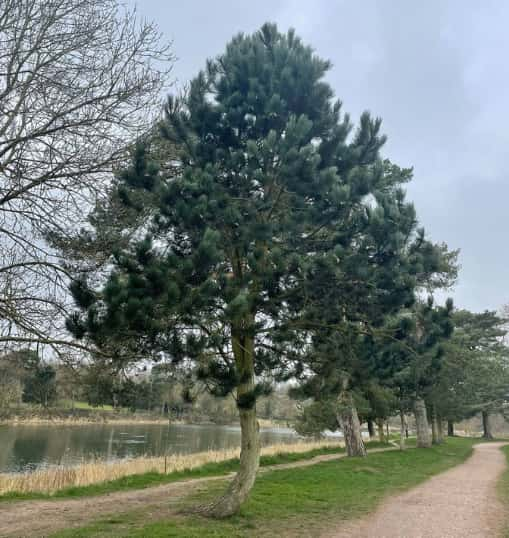Introduction: Maintaining trees near property boundaries can sometimes lead to disputes between neighbours, particularly regarding tree trimming and pruning. While property owners’ aesthetic and safety concerns are understandable, navigating the legal aspects of tree care in these situations requires careful consideration and adherence to relevant laws and regulations. At Thetford Tree Surgeons, we understand the importance of addressing property boundary disputes with professionalism and legal compliance. Let’s delve into the legal considerations surrounding tree trimming near property boundaries.
Understanding Property Boundaries:
1. Boundaries and Ownership:
Legal documents, such as deeds, surveys, or land registry records, typically define property boundaries. However, they can sometimes be ambiguous or disputed between neighbouring landowners. Understanding who owns the trees and where the property lines lie is essential when addressing tree trimming issues near boundaries.
2. Shared Ownership:
In some cases, trees may straddle property lines, leading to shared ownership between neighbours. When multiple parties share ownership of a tree, decisions regarding its care and maintenance should be made collaboratively and with mutual consent.
Legal Considerations for Tree Trimming:
1. Right to Trim:
Property owners generally have the right to trim or prune trees that overhang onto their property up to the property line. This includes branches, roots, or other vegetation encroaching onto their land. However, it’s crucial to exercise caution and avoid causing unnecessary harm to the tree or neighbouring property.
2. Duty of Care:
While property owners have the right to trim overhanging branches, they also have a duty of care to ensure that any trimming is conducted responsibly and does not pose a risk to the health or stability of the tree. Improper pruning practices can lead to damage, disease, or even tree death, potentially resulting in legal liability for the property owner.
Resolving Boundary Disputes Amicably:
1. Communication:
Open and respectful communication between neighbours is often the most effective way to resolve boundary disputes related to tree trimming. Discussing concerns, sharing information about property boundaries, and reaching a mutually acceptable solution can help prevent conflicts from escalating.
2. Mediation:
In cases where disputes cannot be resolved through direct communication, mediation may offer a constructive way to find a compromise. A neutral third party, such as a mediator or judge, can help facilitate discussions and reach a fair resolution that addresses the interests of all parties involved.
Seeking Legal Advice:
1. Legal Consultation:
If disputes persist or legal issues arise regarding tree trimming and property boundaries, seeking legal advice from a qualified attorney specialising in property law is advisable. Legal professionals can provide guidance on rights and responsibilities, assist in interpreting relevant laws and regulations, and help navigate dispute resolution processes.
2. Professional Tree Care Services:
Engaging the services of professional tree surgeons, such as Thetford Tree Surgeons, can ensure that tree trimming is conducted safely, responsibly, and in compliance with legal requirements. Our team of experts is experienced in navigating property boundary issues and can provide tailored solutions to address tree care needs while minimising conflict.
Conclusion: Navigating tree trimming near property boundaries requires careful consideration of legal rights, responsibilities, and potential disputes. Property owners can address tree care issues responsibly and amicably by understanding property boundaries, adhering to legal requirements, and fostering open communication and collaboration with neighbours.
Call us on: 01842 771 096
Click here to find out more about Thetford Tree Surgeons
Click here to complete our contact form and see how we can help with your tree’s needs.

